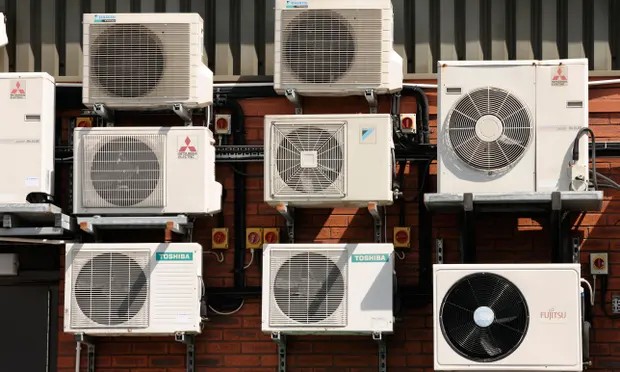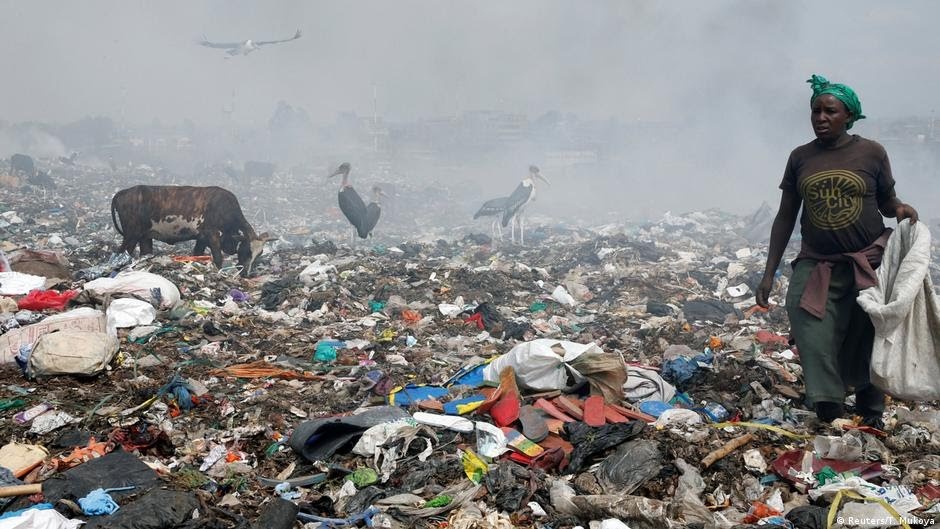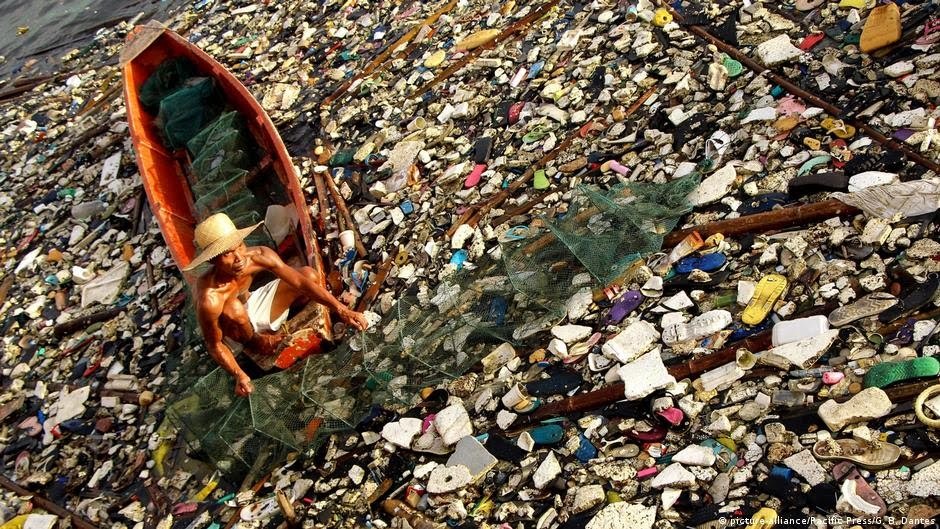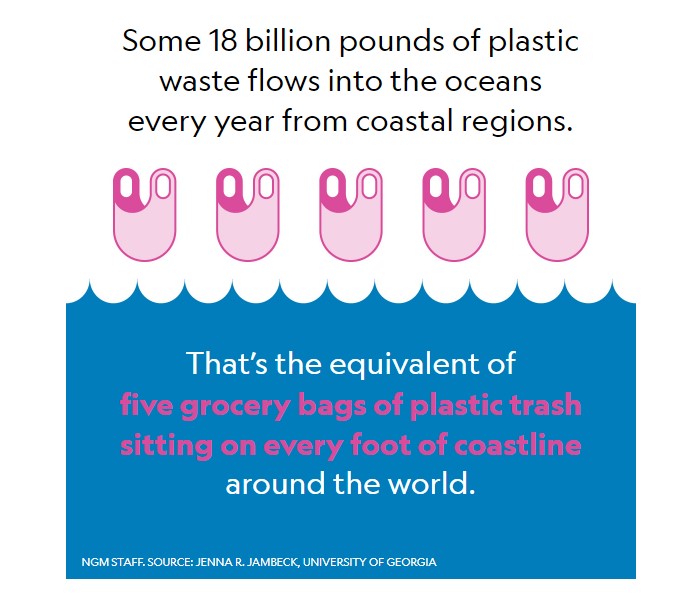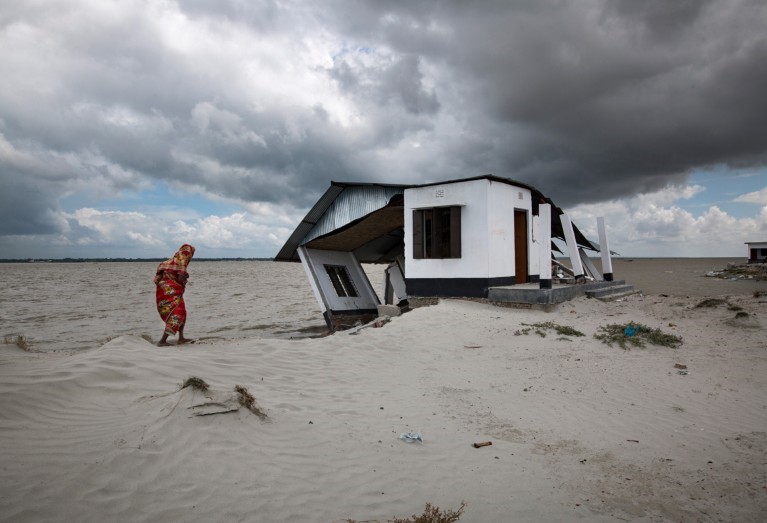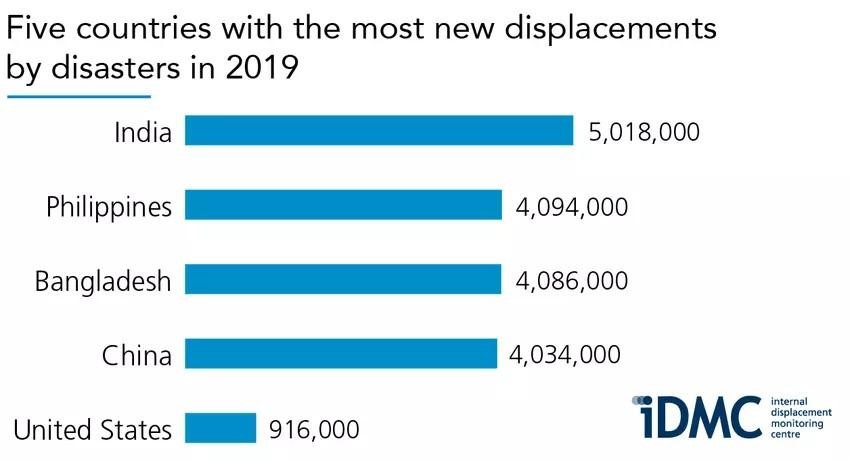Images from the wildfires ravaged areas are perfectly apocalyptic, with scorched trees and telephone poles poking out from smoky gray, ashen landscapes. Buildings are reduced to piles of bricks, concrete, and metal. Cars sit in driveways and along roadsides, blackened and gutted.
Major fires spanning several states have burned 4.6 million acres, national fire officials say. That’s an area roughly equivalent to Connecticut and Rhode Island combined.
While the 94 major blazes are burning mostly in rural and forested areas, major cities along the West Coast — Los Angeles, San Francisco, Seattle, and Portland, Oregon, among them — are also feeling the impact.
Smoke from the blazes is making air quality unhealthy, which can irritate lungs, cause inflammation and affect the immune system, heightening the risk of lung infections such as coronavirus. In Oakland, California, where many businesses and facilities are closed because of statewide Covid-19 precautions, officials have opened “clean air centers” for those with nowhere else to go.
“I currently don’t have my own home right now so I didn’t want to be stuck outdoors all day, and I have asthma. I could start to feel like my breathing was getting a little tight so I decided to come over here,” said Teddie Moorehead, who has been homeless since June and sought refuge at the Dimond Branch Library.
The majority of the fires are in California (25), Washington (16), Oregon (13), and Idaho (10), though blazes have also emerged in Alaska, Arizona, Colorado, Nevada, New Mexico, Utah, and Wyoming, the National Interagency Fire Center said Sunday morning.
“More than 30,000 firefighters and support personnel are assigned to incidents across the country,” the center said Sunday.
Three California Wildfires Reach Historic Proportions
In California, firefighters are battling more than two dozen major fires, but officials expressed hope that improving weather conditions will boost efforts to control the flames.
Three of the five largest wildfires in state history are burning now, officials say. One of those blazes, the LNU Complex Fire, which was about 96% contained as of Saturday, has burned more than 363,000 acres.
Little rain, high temperatures, and strong winds helped fuel the flames, and it’s unclear how long it will take to get them under control.
Angeles National Forest Fire Chief Robert Garcia’s department is fighting fires with 500 personnel, when it usually has 1,000 to 1,500, he said Saturday. Some firefighters are working more than 24 hours in a shift, he said. The Bobcat Fire northeast of Los Angeles is tearing through the mountainous national forest.
More than 4,100 structures have been destroyed since August 15, Cal Fire said Sunday, adding that 16,750 firefighters are battling fires statewide. As the massive fires rage, more are popping up.
“Firefighters across the state responded to 36 new wildfires yesterday, and all were contained quickly,” the agency said.
Fires in the state have burned more than 3.3 million acres this year, with the August Complex Fire burning in the Mendocino National Forest accounting for more than a quarter of the sum. The blaze, the largest in state history, is only 28% contained, according to Cal Fire.
In the Sierra Nevada range north of Sacramento, the North Complex Fire has consumed more than 258,000 acres, killing at least 12 people, the US Forest Service said Saturday. The victims include a 16-year-old boy who was fleeing the area in his vehicle, Butte County authorities said.
No Sign Of Stopping
At least eight of Oregon’s wildfires are expected to burn “until the winter’s rains fall,” said state Department of Forestry Fire Chief Doug Grafe.
In the forested lakeside town of Detroit, 55 miles east of Salem, the Lionshead Fire moved so swiftly that the town of 225 went from having no evacuation warnings to being ordered to evacuate immediately in a matter of hours.
The Idanha-Detroit Rural Fire Protection District lost one of its fire engines and its office in the blaze, prompting the Aurora Fire District, about a three-hour drive northwest, to donate one of its own rigs to the hard-hit town.
“It came fully loaded with hoses, nozzles, medical and rescue equipment, and food and water for firefighting crews in our district,” the Idanha-Detroit district said on Facebook. “Our firefighters were overjoyed to receive this very gracious gift, many of us succumbing to tears of gratitude.”
Four of the 10 people killed in Oregon’s wildfires died in the Beachie Creek Fire in Marion County, where Detroit is located.
Dozens of people are missing, mostly across Jackson, Lane and Marion counties in western Oregon, Oregon Gov. Kate Brown said.
Typically, fires consume about 500,000 acres a year in the state, but “this week alone, we burned over a million acres of beautiful Oregon,” she said.
“We saw the perfect fire storm. We saw incredible winds. We saw very cold, hot temperatures and, of course, we have a landscape that has seen 30 years of drought,” Brown said.
The state is preparing for a “mass fatality incident” based on how many structures are charred, Oregon Emergency Management Director Andrew Phelps said Friday.
About 500,000 people in the state are under some type of evacuation alert. Evacuation orders have been issued for more than 40,000, Brown said.





 Featured9 months ago
Featured9 months ago


 Featured10 months ago
Featured10 months ago


 Featured2 years ago
Featured2 years ago


 Featured4 years ago
Featured4 years ago


 Featured3 years ago
Featured3 years ago


 Featured10 months ago
Featured10 months ago


 Featured2 years ago
Featured2 years ago


 Featured4 years ago
Featured4 years ago











